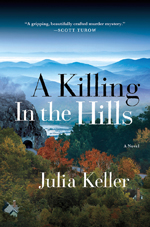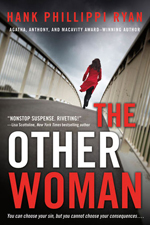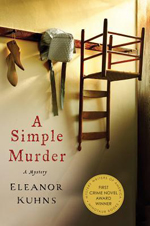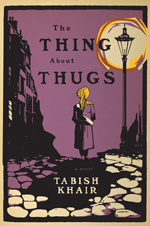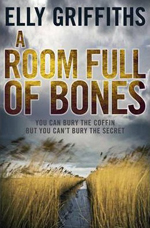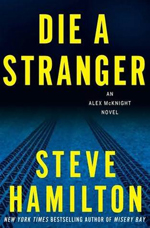Cornelia Read: Valley of Ashes
Sorrow is always your own, offering no temptation to fickle gods. Fucking joy, on the other hand? You might as well string your heart from the ceiling for use as a frat-party piñata.
 I don’t think I’m exaggerating when I say that Cornelia Read’s voice is one of the most original, vivid and memorable in all of contemporary crime fiction. I think I would be happy to read anything she wrote, in novel form or no, but happily she also writes wonderful novels. While her books are technically a series, I think each of them stand well alone, and each have a different slant which sets them apart from one another.
I don’t think I’m exaggerating when I say that Cornelia Read’s voice is one of the most original, vivid and memorable in all of contemporary crime fiction. I think I would be happy to read anything she wrote, in novel form or no, but happily she also writes wonderful novels. While her books are technically a series, I think each of them stand well alone, and each have a different slant which sets them apart from one another.
